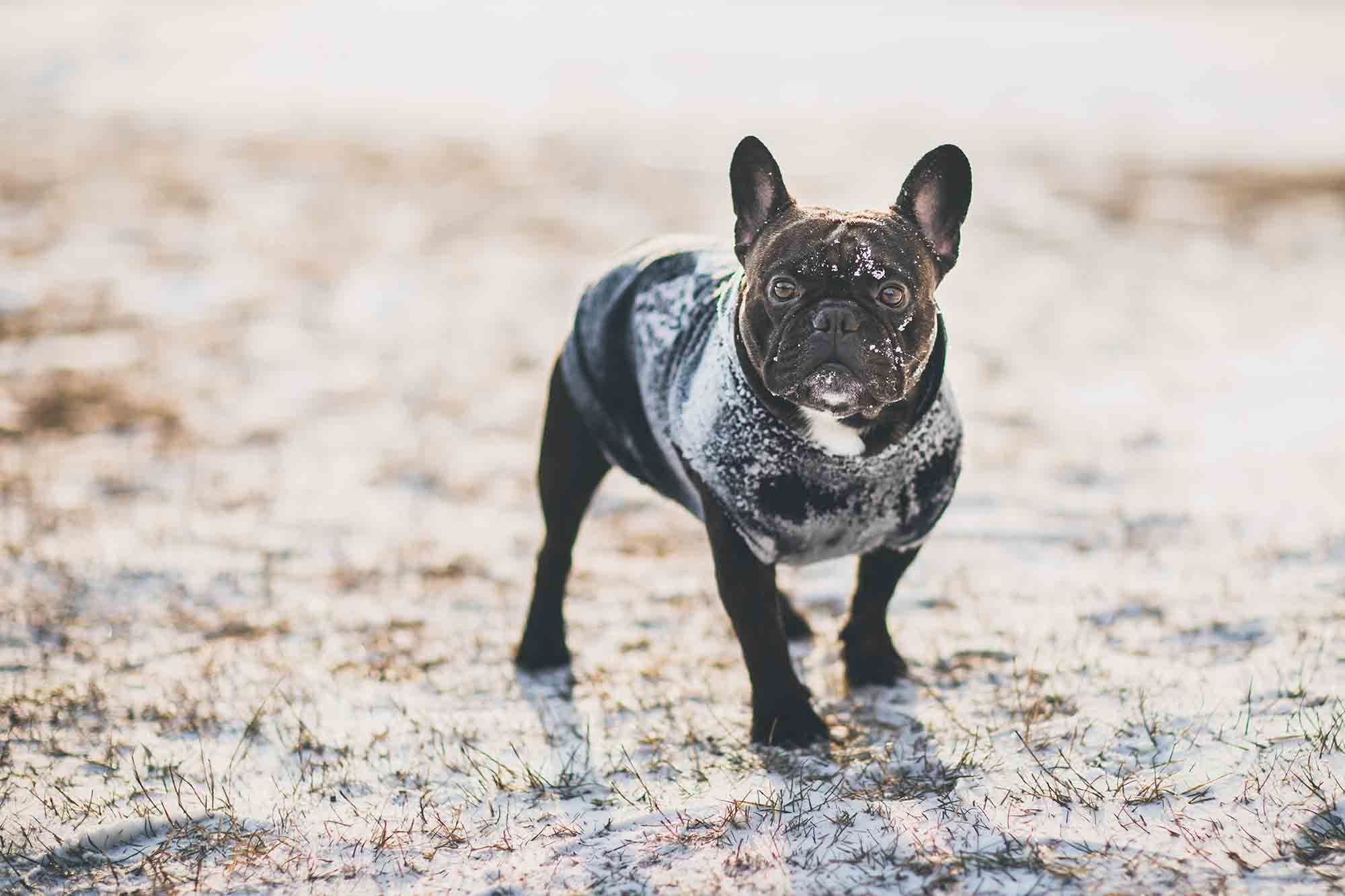 The holidays are coming! There are people to see, presents to wrap, and cookies to bake! Sure, some pets like to wait out the winter underneath the bed or at the back of the closet, but others are excited to jump into the holiday chaos and revelry.
The holidays are coming! There are people to see, presents to wrap, and cookies to bake! Sure, some pets like to wait out the winter underneath the bed or at the back of the closet, but others are excited to jump into the holiday chaos and revelry.
Whatever your pet’s point of view, winter pet safety must never be relegated to the back burner. We know you have a lot going on this month, but take time to set your pet up for success with the following tips and tricks.
The Holidays
There’s a lot to look out for when it comes to pets and the holidays. Please be aware of the following threats:
- Seasonal foods – Alcohol, rich, fatty foods, macadamia nuts, raisins, bones, raw bread dough, chocolate, Xylitol-sweetened goodies, and more can all endanger your pet. A good rule of thumb is not to leave anything out for them to discover and sample. Also be sure to maintain a regular food routine, add opportunities for exercise, and consider providing your pet with a scrumptiously healthy plate of their own.
- The tree and greens – Reduce the risks associated with greenery by anchoring the tree to the ceiling or wall. Use an artificial tree or be sure to consistently vacuum up needles to reduce injury to the paws, mouth, and GI system. Cover the tree stand to inhibit drinking from possibly contaminated water. Do not bring toxic plants such as poinsettia, mistletoe, lilies, or holly into the home.
- Baubles galore – Glass or ceramic ornaments can cut the paws or mouth. Also, never leave electric cords or light strings on the floor.
- Displays – Keep an eye on lit candles, liquid potpourri, and anything requiring batteries or electricity.
- Presents – Ribbon, string, and tinsel should not be used at all or sparingly. Responsible for serious GI obstruction, these items aren’t passed easily (if at all). Surgery is usually needed to address this preventable situation.
The Weather
Snow, ice, wind, and rain all make for quick potty breaks to the backyard. However, some pets enjoy the cold or find themselves outside longer than anticipated. Apply these safety measures for winter pet safety:
- If it’s too cold for you, it’s definitely too cold for your pet (even if they have a thick winter coat, long legs, and enthusiasm for the elements).
- Clear a path for your pet that allows them to go to the bathroom without trouble.
- Wipe your pet’s paws after time spent outside. Ice, snow, rock salt, and chemical deicers can cause damage to the paw pads. Also, wipe down the coat (especially the underbelly).
- Keep antifreeze stored in a locked cabinet. Clean up any leaks, spills, and drips, and do not allow your pet to drink from melted snow puddles.
- If you’re out for longer than a few minutes, invest in a nice jacket or vest for your pet and booties for their feet.
- Tap on your car’s hood before turning the ignition over. Many animals find warmth next to the engine block, but it’s a dangerous place for a nap.
Winter Pet Safety
Your pet may need a place to get away from the weather and/or holiday festivities. All pets benefit from this, but senior pets and arthritic animals definitely need a comfortable place to rest that’s free from cold drafts and loud, unpredictable action. Make their crate as comfy as possible or encourage them to relax in a back bedroom where they can rest safely.
If you have further questions about winter pet safety, we invite you to contact us. Happy holidays!

